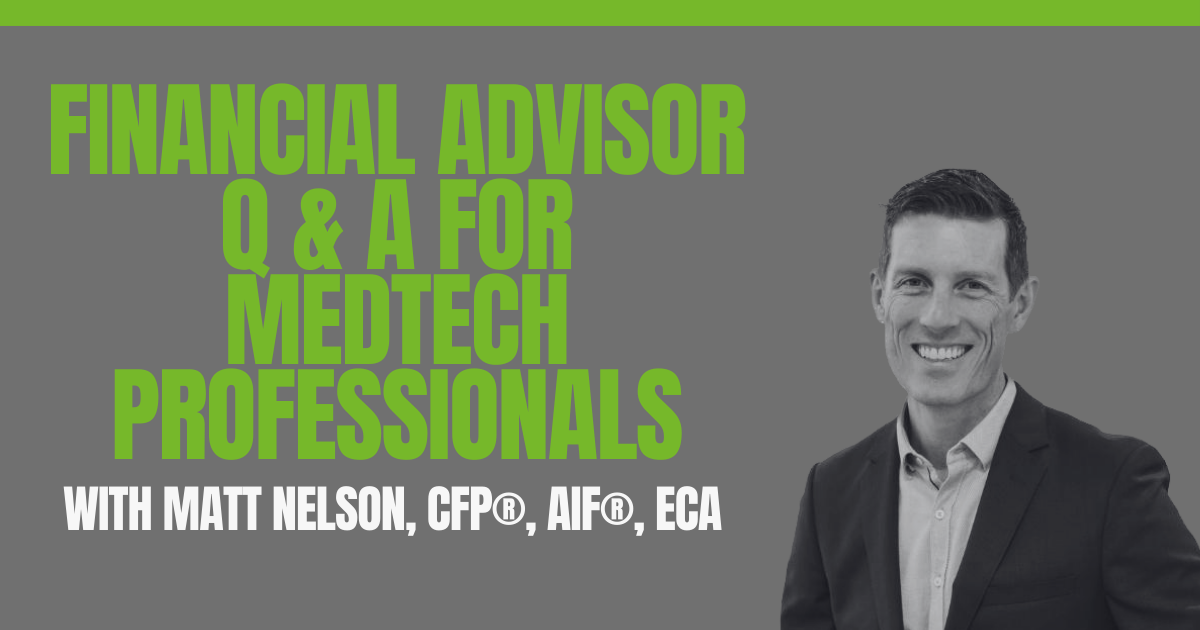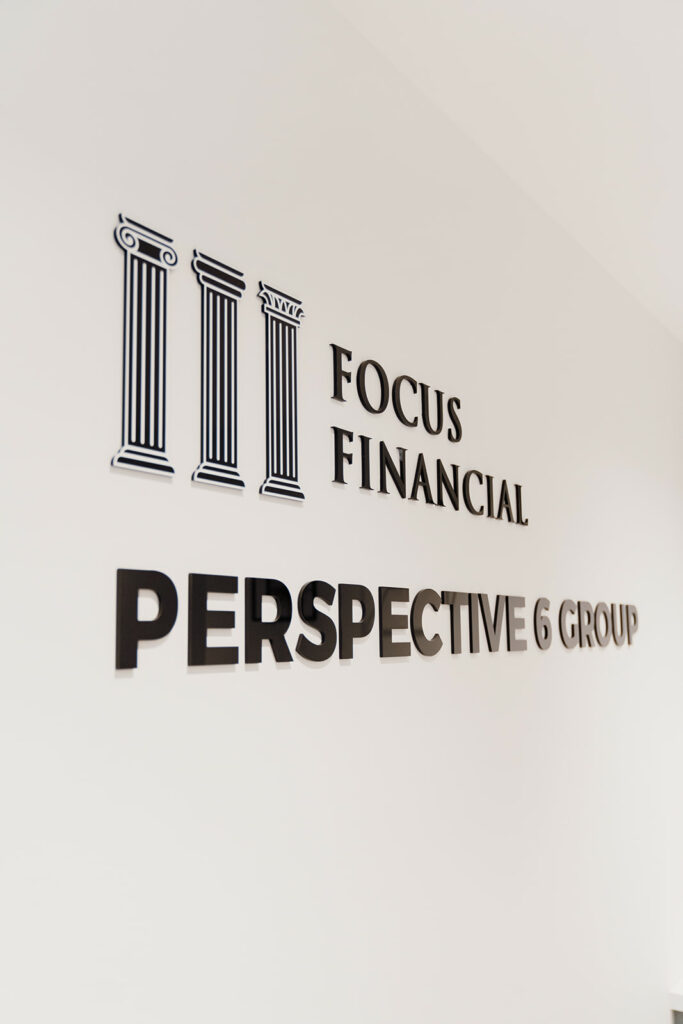7 Expert Strategies to Maximize Your 401(k)

Are you looking to supercharge your retirement savings? Securing your financial future involves smart planning and strategic moves. Especially, when it come to your 401(k). Maximizing your 401(k) is key to a healthy financial future. Here are seven strategies from our experts to help you maximize your 401(k) and build a robust nest egg.
1. Take Advantage of Your Company’s Match
When your employer offers a matching contribution to your retirement plan, take advantage of it! Contribute enough to ensure you receive the full match—this is essentially free money that boosts your savings without any additional effort.
2. Leverage Tax Advantages
Retirement accounts like IRAs and 401(k)s come with tax benefits. Capitalize on these advantages by contributing the maximum allowable amount, known as the deferral cap. These contributions might be tax-deductible or grow tax-deferred, giving your savings a significant boost. If you are in the high, or even mid-brackets for taxes this can lower your taxable income and has the potential to bring you down to a different bracket altogether.
Think in terms of lifetime tax or how much in taxes you will pay over your lifetime, working years and retirement. This is an important consideration because 401(k) plans allow you to defer money from your paycheck and these can either be pre-tax or post-tax deferrals. For pre-tax deferrals, which is what many will do if trying to lower taxable income, the taxes are paid when the money is pulled for spending in retirement. However, post-tax deferrals or Roth 401(k) contributions are pulled from your paycheck after taxes are paid. Since these funds have come from income that taxes have already been paid on, there are no additional taxes paid when pulled for spending in retirement.
3. Front-load Your Contributions
Consider front-loading your contributions early in the year. By doing so, you harness the power of compounding, potentially increasing your long-term gains. Simply put, the earlier you invest, the more time your money has to grow.
4. Stay Long Enough for Vesting and Plan Year Matches
It is necessary to be mindful of the vesting schedule for employer-contributed funds. Ensure you stay with your company long enough to fully vest in these contributions, so when you do leave you can rollover your contributions as well as your employers. Additionally, align your contributions with your employer’s plan year to maximize matching benefits.
5. Minimize Fees
There are several different types of fees for investments, plan administration, service, and asset based. It is the fee vendors charge to operate the 401k plan.
Plan Administration
As a participant in your company’s plan the plan administration fees are out of your control.
Service-Based
Many of these fees are small and less frequent but can still carry an impact. Included are charges for items like initiating loans, withdraws, distributions, ESOP dividend payments, and QDROs. However, the costliest service-based fee is for “Personalized Planning & Advice” which is an optional service to have the plan’s investment advisor create and monitor an investment portfolio for you. The cost is typically around 0.30%. Is that expensive? Well, that depends on what you value. While the services generally include “coaching,” it is likely more limited than the personalized advice you typically get at a private wealth management firm and lacks any foresight into your personal values and goals.
Asset-Based
Asset based fees are the ones you can work to limit so that your account balance has less drag on its return. One example of this is considering whether to make use of the plan’s Target Date Fund options or to build a simple mix of your own using the plan’s index tracking investment options. While this would require you to monitor the portfolio mix on a regular basis, however doing so could be nearly 5-15X less expensive than using the default Target Date Fund options.
6. Invest Wisely
Most plans will automatically enroll you into the plan with the Target Date Fund that most closely aligns your age to plan’s assumption of an age 65 retirement. While this is far from a mistake, it may not be optimal for your situation. Not only might this be more conservative or more aggressive than your needs, the assumption of an age 65 retirement may not be correct for you. If you plan to work a bit longer, say closer to age 70, and your investment account has adjusted too conservatively too soon you could be missing out on money. Conversely, you may plan for an earlier retirement at age 60 and your mix of investment assets is holding too much risk.
7. Start Early
Time is your greatest ally when it comes to retirement savings. Start as early as possible to take advantage of compounding growth. The money you invest in your 20’s and into your 30’s is infinitely more important to retirement than the money you invest later in your career. Therefore, avoid withdrawing funds prematurely at all costs, as it comes with high penalties and can offset your retirement plan.
Following these seven strategies to maximize your 401(k) can significantly bolster your retirement savings. By optimizing your contributions, minimizing fees, and investing strategically, you pave the way for a more secure and prosperous retirement.
For More Strategies to Maximize Your 401(k):
Listen to our podcast: How to Maximize Your 401(k)
Apple Podcasts → https://bit.ly/3GGW1Da
Spotify → https://bit.ly/3TofDDW
Contact us with questions.




